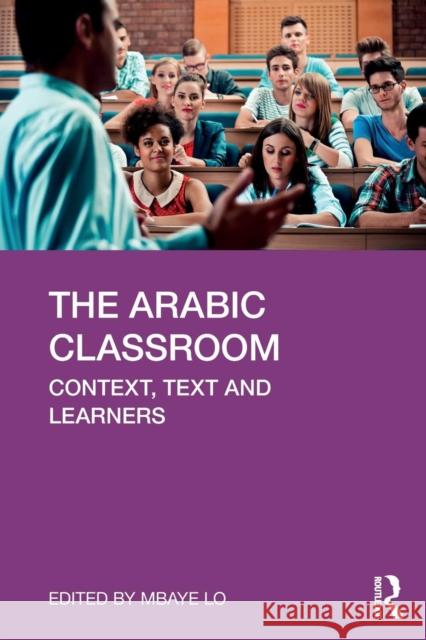The Arabic Classroom: Context, Text and Learners » książka
topmenu
The Arabic Classroom: Context, Text and Learners
ISBN-13: 9781138350793 / Angielski / Miękka / 2019 / 296 str.
The Arabic Classroom: Context, Text and Learners
ISBN-13: 9781138350793 / Angielski / Miękka / 2019 / 296 str.
cena 218,56
(netto: 208,15 VAT: 5%)
Najniższa cena z 30 dni: 201,44
(netto: 208,15 VAT: 5%)
Najniższa cena z 30 dni: 201,44
Termin realizacji zamówienia:
ok. 22 dni roboczych
Dostawa w 2026 r.
ok. 22 dni roboczych
Dostawa w 2026 r.
Darmowa dostawa!
The Arabic Classroom is a multi-contributor work for trainee and in-service teachers of Arabic as a foreign language.











